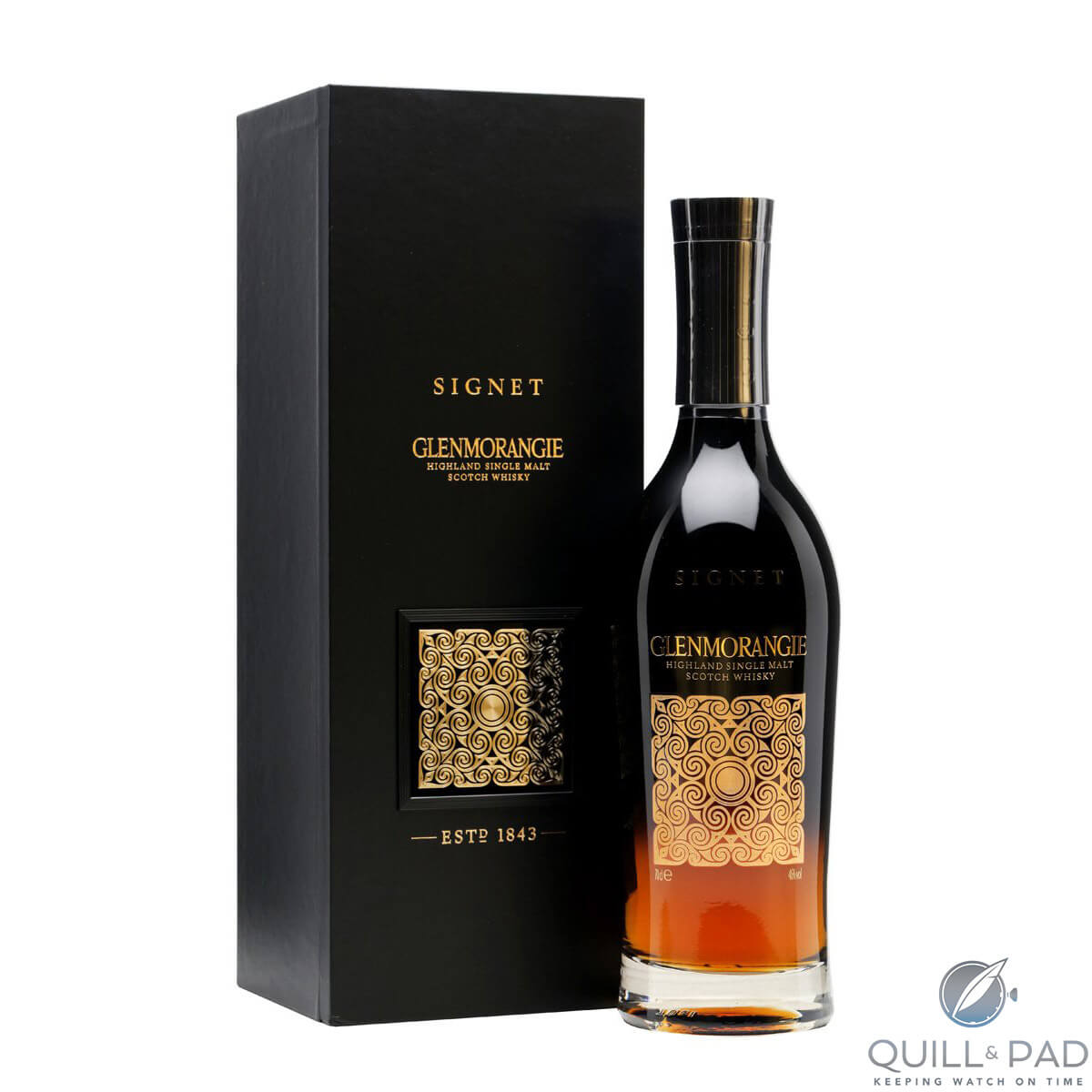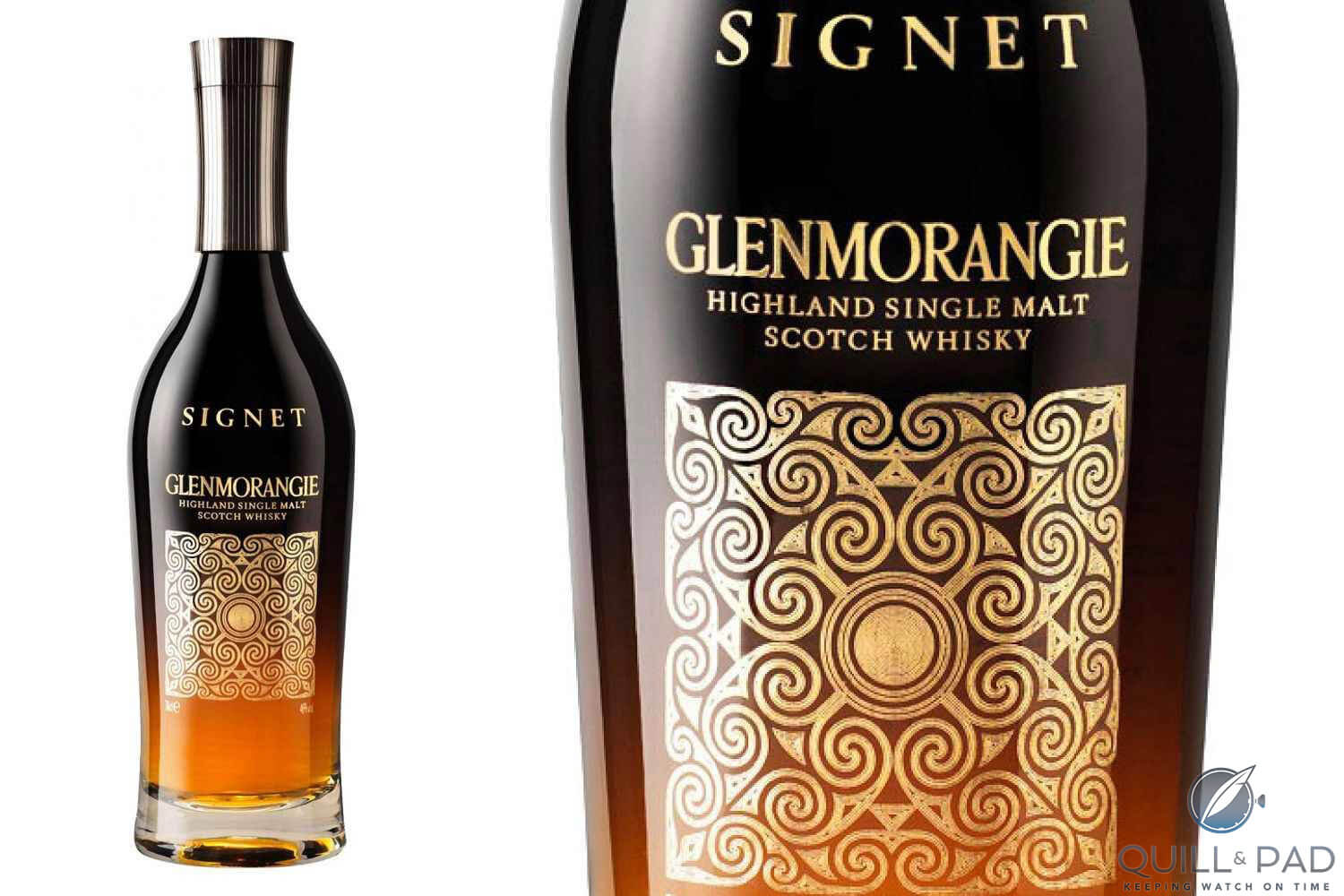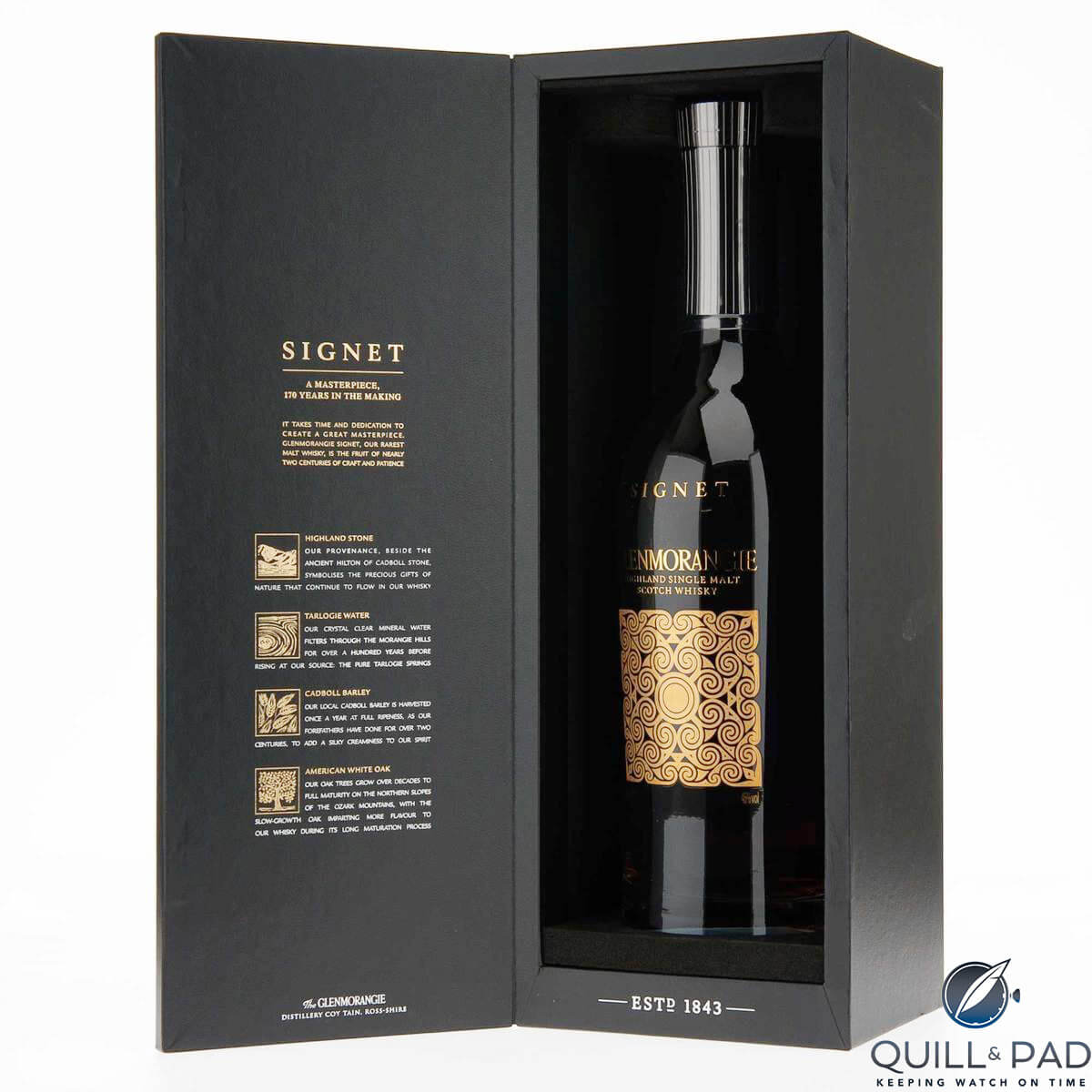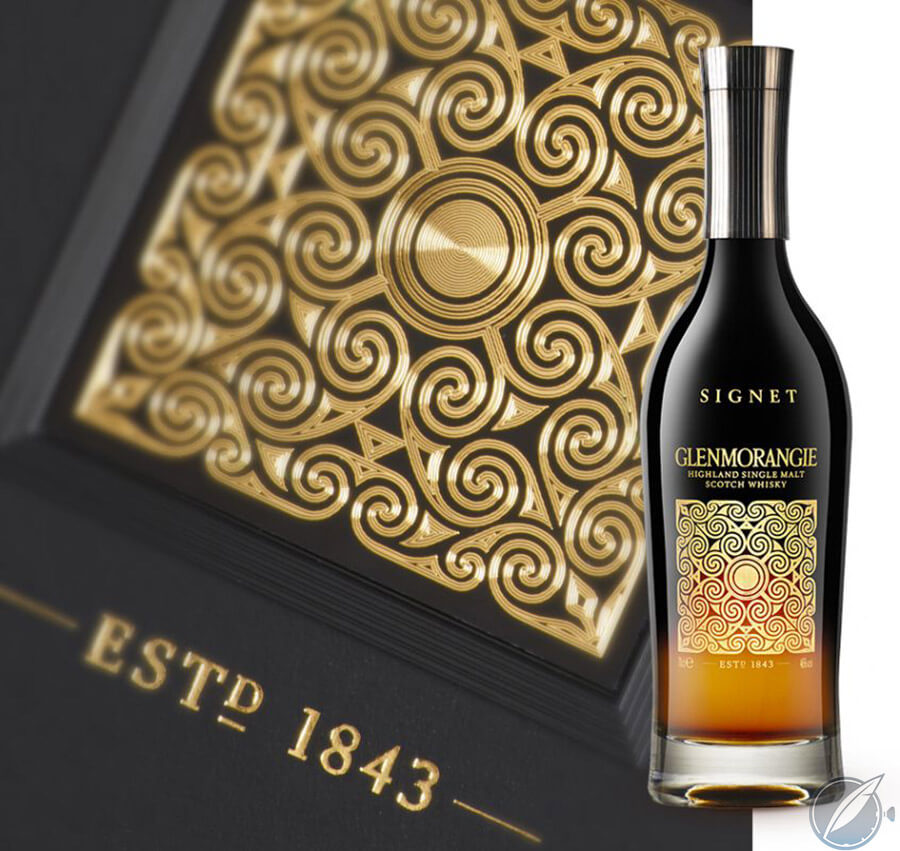by Ken Gargett
Whisky distilleries tend to have supporters as radical and fanatical as any sporting team.
Sure, we all enjoy watching/drinking others, but in the end we are dedicated to one sport/team/player/distillery/whisky.
Without giving too much away, I am barnacle-solid on certain wonderful malts from the Islay region. For me, that extraordinarily exotic peatiness can’t be beat, and yet that same flavor leaves others utterly uninspired.
So, it is always an exciting moment when suddenly you have a new favorite – or at least a contender for the honors.
Even more so when it comes out of the blue.
Islay may hold pride of place for me, but there are many other whiskys I thoroughly enjoy, and the offerings from Glenmorangie, at home in Scotland’s Highland region, are among them.
This is no small, unheralded distillery. Quite the opposite: its origins date back to the very early 1700s, though in those days it operated as a brewery.
It was not until 1843 that William Matheson took over and turned it into a whisky distillery, giving it the name Glenmorangie (previously, it was “Morangie’s Farm”; “glen” means “valley” in Scottish Gaelic).
Rather than the traditional onion-shaped pot stills, the decision was made to go with the taller-style stills. Glenmorangie boasts the tallest stills in all Scotland to this day.
Among other strange and useless facts, Glenmorangie was the first malt distillery to launch a website back in 1995. Also, on one occasion, Brigitte Bardot had 36 cases shipped to her Swiss chalet and a further 36 cases to her French chateau.
More significantly, Glenmorangie has been Scotland’s most popular single-malt distillery since the mid-1990s, producing around ten million bottles a year (around 6 percent of the region’s total). Glenmorangie, who also own the Ardbeg Distillery in Islay, is now part of the Louis Vuitton Moët Hennessy (LVMH) empire.
Glenmorangie has an impressive collection of malts, including a range designated by age, vintage whiskys, and special editions such as 2018’s Spìos, Private Edition, and, as with so many distilleries, whiskys for “retail travel.”
The core range includes the Original as well as the Lasanta, the Quinta Ruban, and Nectar d’Or.

Glenmorangie Signet
I’ll confess that I was unfamiliar with one of Glenmorangie’s prestige offerings, The Signet, until very recently, and I was blown away from the first hint of its aroma. As good as it is, perhaps the most extraordinary thing about this stunning malt is the price.
Rather than the usual massively inflated price that we expect with rare and special whiskys, this is priced around the AUD$190 to AUD$250 mark, making it one of the great bargains in the world of spirits.
The Signet was distilled twice through Glenmorangie’s copper-pot stills by a team of 16 distillers under master distiller Dr. Bill Lumsden known as the “Sixteen Men of Tain.” It was subsequently matured in bespoke American virgin oak casks before it was bottled at 46 percent and received no chill filtration, a method for removing residue.

Glenmorangie Signet
More importantly, aside from the whisky itself I love the packaging, which is as elegant and impressive as anything around today.
Glenmorangie, disappointingly, seems reluctant to give out too much information on the malt itself. The producer concedes American white oak from the Ozark Mountains, but there are no hints as to the length of time the whisky spends in these barrels.
That said, it would be hard to imagine that most of the blend has not spent many years quietly maturing, with estimates usually in the 35- to 45-year range. Glenmorangie does note that its local Cadboll barley is used, also with a malted chocolate barley more commonly found with craft beers.

Glenmorangie Signet
Otherwise, the information is, as Glenmorangie says itself, “clouded in secrecy.”
For me, there is a gentle smokiness that lingered exquisitely without ever intruding. Notes of florals, woodwork, forest floor, a light touch of honey and, over time, flavors ranging through tobacco leaves, coffee beans, malt, and cigar boxes emerged.
This is a complex whisky and one that is quite powerful, but it is also so elegant that it seemed to dance across the palate; very refined and with the longest of aftertastes. A superb whisky by any standards.
For those who take note of such things, the Signet won Best Whisky in the World at the 2016 World Whisky Awards and numerous other gongs.

Glenmorangie’s Signet whiskey features Pictish label design
The name hails from the ornate square design found on most of the Glenmorangie bottles. Going back further to around 800 AD, the signet came from the Hilton of Cadboll Stone, a Pictish artifact.
This is most definitely a whisky worth seeking out. You will not be disappointed.
For more information, please visit www.glenmorangie.com/en-gb/our-whiskies/signet.





















































Leave a Reply
Want to join the discussion?Feel free to contribute!